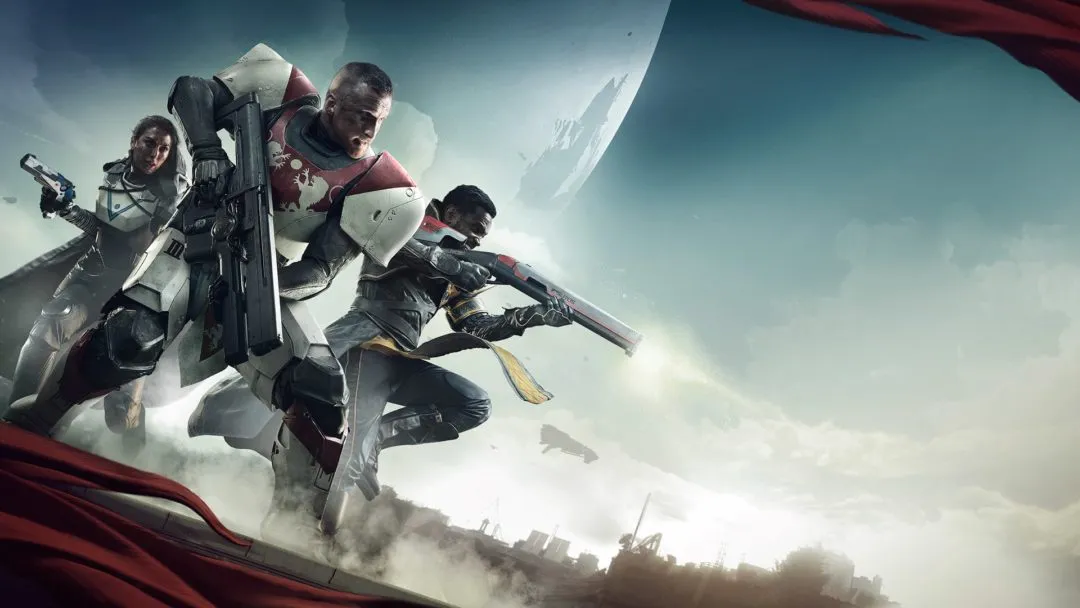
On launch day you’re going to have tens (or if you’re lucky, hundreds) of thousands of players all crammed into the starter zones. Three years later most of the active characters are clustered at the end-game, the low-level areas are sparsely populated by alts and the mid-level game is deserted. Game designers are still working on ways to keep this massive shift in population from ruining the game. (I’m interested to see how Blizzard’s efforts to revitalize the low-level areas will fare.)
At launch the starter zones can be a frustrating crowd where people stand in line to fight over a single monster. Years later that same area will feel barren and lifeless, and new players will wonder why they seem to be all alone in an MMOG. At launch the large number of people gathering and crafting will reduce prices to commodity levels. Years later the economy will be distorted by the large number mega-wealthy characters that would rather just drop some gold at the auction house than acquire those items themselves. (As someone who tried World of Warcraft in 2008, I was able to break the economy just by selling my excess herbs at the auction house. Training, repair, upgrades and other supposed money-sinks were always trivial compared to my herb-gathering fortune. Then again, this might have been a distortion particular to the server I was on.)
If you haven’t spotted it, I’ve been doing a humor series on Lord of the Rings Online. That game has aged well in a lot of ways. It’s still beautiful, fun and a great way to tour an established fictional setting, which is always a treat for devoted fans. (I’m sure there are legions of fans would love to run around Hogwarts in a Harry Potter MMOG.) But one thing that has aged very poorly is the forced grouping quests.
In LOTRO, many quest chains end in a group quest. So, you’ll do five missions solo and suddenly an NPC will tell you to sod off and find some friends. (And I do hope you read the quest text, or you might charge in alone without realizing you’re committing a very humorous form of suicide.) You’ve just spent the last forty five minutes trying to find and save poor Gerebert, and now you realize all your work was for naught. You can’t do it alone and good luck finding help.
(As an aside, I’m really against mixing solo play with forced grouping like this. You generally want to play in a group based on whether or not your friends are around, not where you are in a quest chain. Forced grouping takes the already complex business of teaming up and makes it that much more complicated. Where are you? Have you done these quests? Can I share this one with you? Are you the right level? Wait. Nevermind. We’re both squishies and this quest needs someone who can tank.)
But even if you’re willing to look for a group, this system has fallen apart as the character base has matured. There are precious few characters at low levels. Humans, Hobbits and Elves all have their own leveling areas (Dwarves and Elves are together, though) so the few that are online will be spread far and wide. This might have seemed like dynamite on paper back in 2007. Those different starting areas were great for keeping the initial population surge from becoming too dense, and the forced groups probably seemed like a good way to introduce people to the concept. But now the whole system is a constant source of irritation and frustration for new players. Newcomers end up running around, leaving all of the story arcs unfinished. This is tragic, since solo players are far more likely to be the ones interested in the story compared to people playing with friends. The quest rewards are back-loaded so that most of the reward is in that final quest. Sure, you can come back later and finish up the quest line, but by then the XP will be trivial, the rewards will be worthless, you’ll have forgotten about the story and you’ll be more interested in the next quest chain. Which you also can’t finish.
This problem is a tough nut to crack. MMOGs seem to have an optimal desired density. You want the game world to have enough players to support the economy and allow for grouping, but you don’t want it to be so dense that people end up overcrowded and competing for things. But the player base clusters first at the early game and later at the end game. It’s like trying to balance a load in the washing machine when the only items in the laundry are a pair of socks and a cinderblock.
My own inclination would be to make the mid-game content move on a sliding scale that can be periodically adjusted by the developers. They would do this by altering the levels of quests in a given area to either box people in (if the population is too thin) or let them spread out (if it’s too dense) as needed. The downside is that huge portions of the game world would need to be altered for this to work. Shops would need to change what they sell. Monsters would need to be changed. Gather-able resources would need to be replaced. It could end up being a nightmare to coordinate and balance. And players might be confused to come back after a patch and find their level 15-25 area has been shifted to 20-30 and they suddenly need to go work somewhere else for a while.
Surely there’s a better idea than this. How would you keep the population balanced?
Shamus Young is the guy behind Reset Button, Twenty Sided, DM of the Rings, and Stolen Pixels. Don’t forget that DRM-pushing publishers are jerks, too.





Published: Mar 5, 2010 10:00 pm